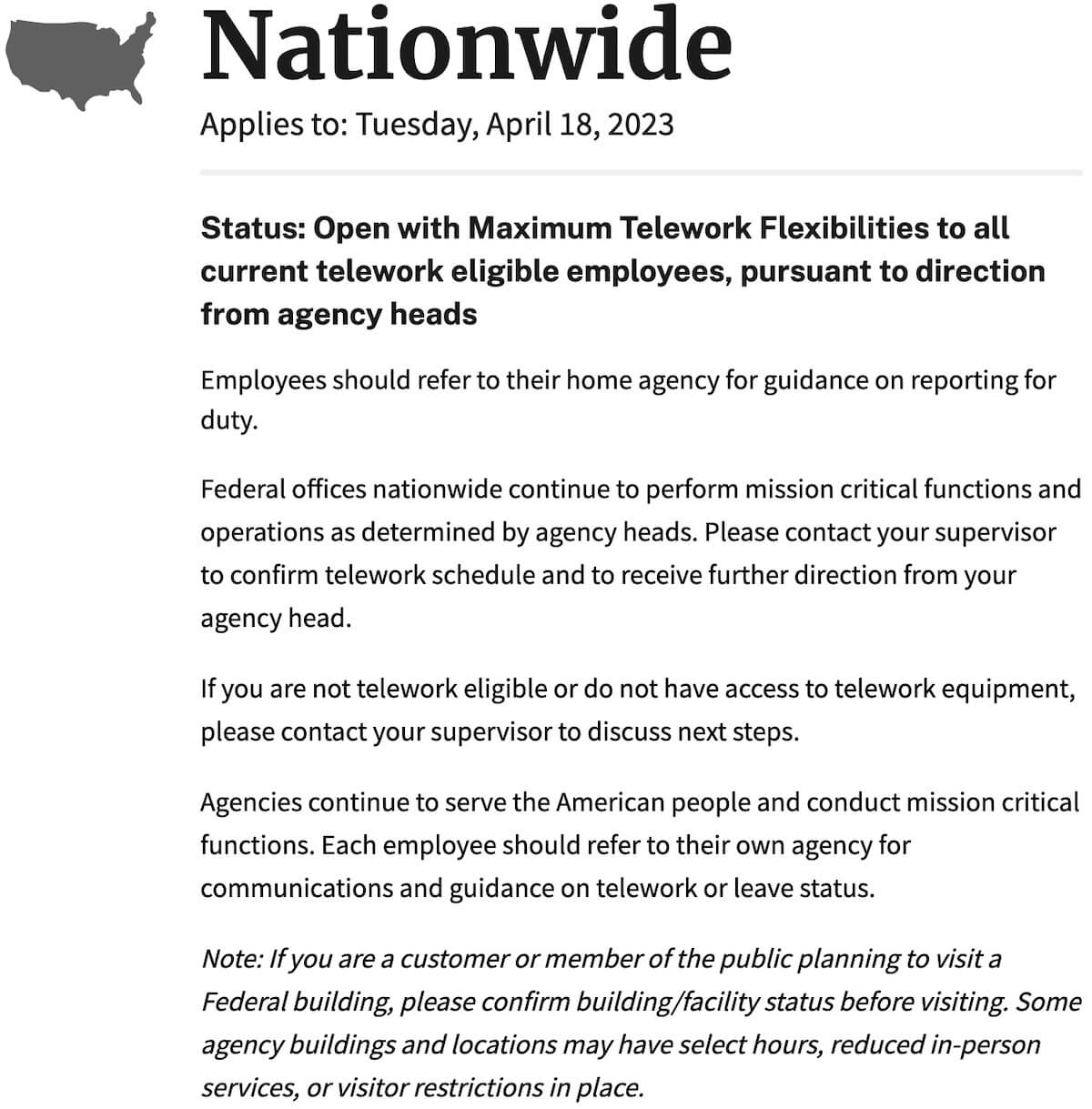Understanding OPM Status: A Comprehensive Guide

OPM status is a crucial aspect for individuals involved in the federal employment system. It serves as a significant indicator of one's employment history, benefits eligibility, and overall standing within the Office of Personnel Management (OPM). In today's fast-paced world, understanding your OPM status can have profound implications on your career and financial security. This guide aims to provide a thorough understanding of OPM status, its importance, and the steps to manage it effectively.
In this article, we will delve into what OPM status entails, the various types of statuses, how to check your OPM status, and its implications on your benefits. We will also discuss frequently asked questions and provide resources for further assistance. By the end of this article, you will have a solid grasp of OPM status and its relevance to your federal employment journey.
Whether you are a new federal employee or a seasoned veteran, staying informed about your OPM status is essential. With the right knowledge, you can navigate the complexities of federal employment and ensure that you are making the most of the benefits available to you.
Table of Contents
What is OPM Status?
OPM status refers to the classification of an individual's employment within the federal government, as overseen by the Office of Personnel Management. This status can affect various aspects of employment, including:
- Eligibility for benefits
- Retirement plans
- Job security
Understanding your OPM status is vital for managing your career trajectory and ensuring you are receiving all the benefits entitled to you as a federal employee.
Types of OPM Status
There are several types of OPM statuses that federal employees can hold. Each type has its own implications on employment and benefits. Here are the main types:
1. Career Status
Career status is granted to employees who have successfully completed their probationary period and have demonstrated their capability to perform their job duties. This status provides greater job security and eligibility for various federal benefits.
2. Career-Conditional Status
This status is typically assigned to new federal employees who are still in their probationary period. Employees with career-conditional status have limited benefits until they achieve career status.
3. Excepted Service Status
Employees in excepted service positions are not subject to the usual competitive hiring processes. This status can be beneficial for individuals with specialized skills or those in critical need roles.
How to Check Your OPM Status
Checking your OPM status is a straightforward process. Here are the steps:
- Visit the official OPM website.
- Navigate to the 'Employee Services' section.
- Follow the prompts to access your specific employment information.
It is essential to keep your contact information up to date to receive important notifications regarding your OPM status.
Implications of OPM Status
Your OPM status can have significant implications on various aspects of your career, including:
1. Benefits Eligibility
Different statuses come with varying levels of benefits eligibility. Understanding your status can help you maximize your benefits.
2. Retirement Plans
Your OPM status can affect your retirement plan options and contributions. Career employees typically have access to more favorable retirement plans.
3. Job Security
Career status generally provides greater job security compared to career-conditional or excepted service statuses, making it a priority for many federal employees.
Frequently Asked Questions (FAQs)
Here are some common questions regarding OPM status:
- How long does it take to achieve career status? Typically, it takes around one year of continuous employment.
- Can I change my OPM status? Yes, depending on your performance and employment conditions, you may be eligible for a change in status.
Resources for Assistance
For further assistance with your OPM status, consider the following resources:
- OPM Official Website: [www.opm.gov](http://www.opm.gov)
- Your HR Department: Contact your human resources department for personalized support.
- Federal Employee Groups: Join groups for networking and support regarding federal employment issues.
Conclusion
In summary, understanding your OPM status is critical for effectively navigating your career within federal employment. By knowing the different types of statuses, how to check your status, and the implications of each, you can make informed decisions about your career and benefits.
Call to Action
We encourage you to leave a comment below sharing your experiences with OPM status or any questions you may have. Don’t forget to share this article with your colleagues or friends who may benefit from this information!
Thank you for taking the time to read this comprehensive guide on OPM status. We hope to see you back here for more informative articles in the future!
ncG1vNJzZmirn521b6%2FOpmasp5idu6bD0pusrGpmZLyxuYysq5qspah7qcDMpQ%3D%3D